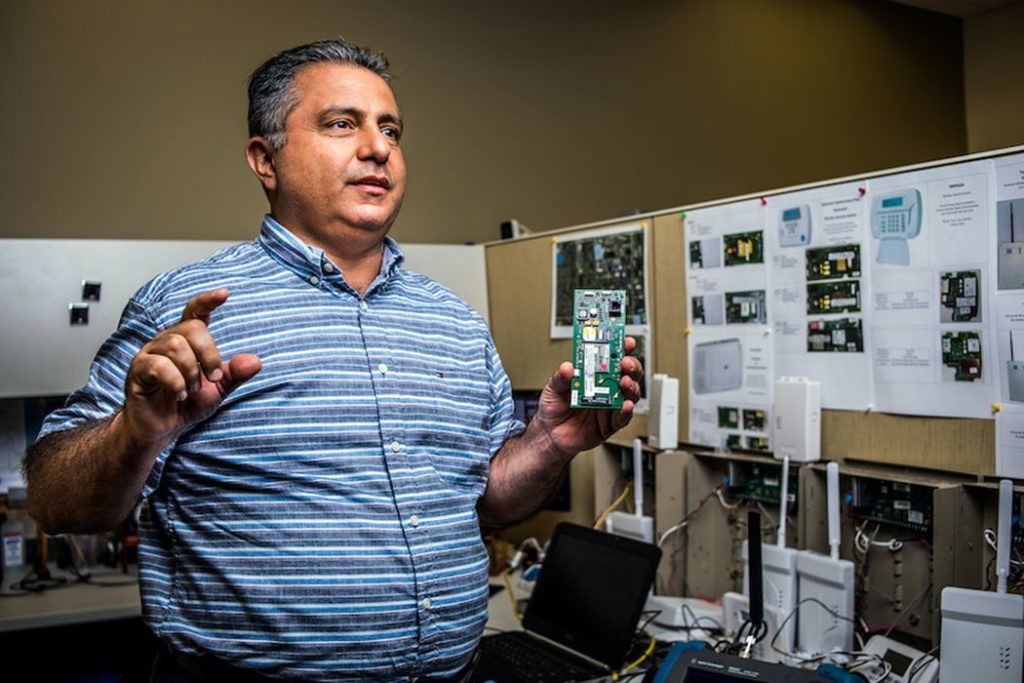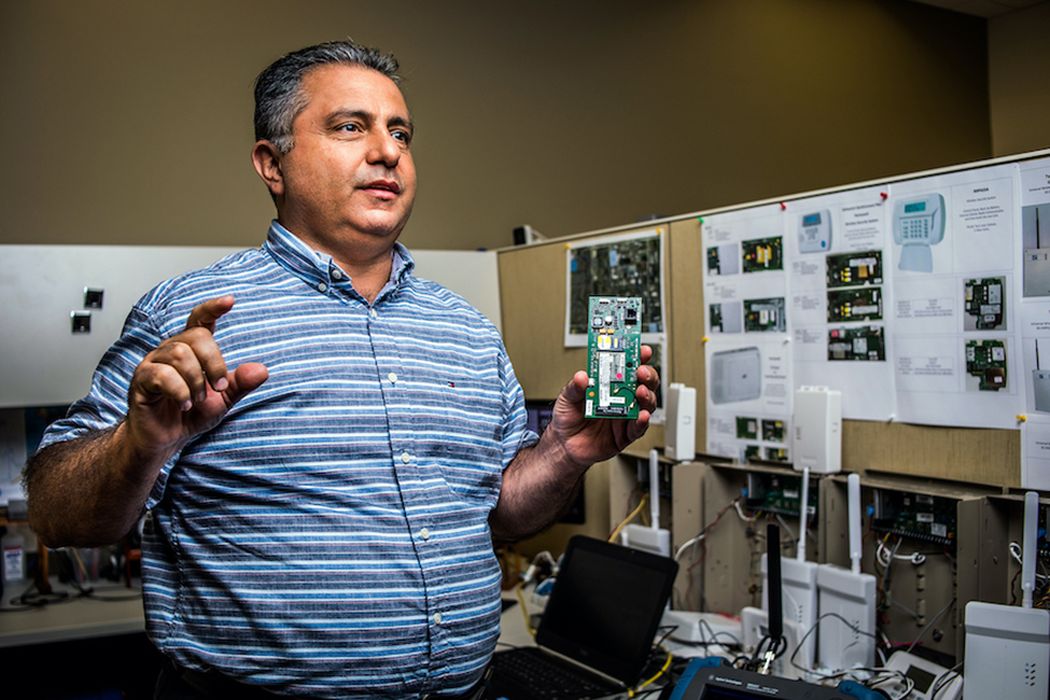
Charles R. Goulding and Randall Rothbort look at how ADT’s Engineering Lab could make use of 3D printing technology.
ADT Inc. is arguably the leading name in the security industry, serving residential and businesses of varying sizes for their electronic security, fire protection, and alarm monitoring needs. Notably, ADT has begun to shift towards a focus on smart home technologies, offering both security and efficiency improvements for their customers.
This culminated with the recent acquisition of Sunpro Solar, a leading solar company with a focus on solar panel installation. This represents ADT entering a fully new space, and particularly one with massive innovation potential such as solar energy. ADT looks to be expanding its industry focus, and with that will come significant technological advancements in their products.
Why SolarPro?
SolarPro Solar was acquired by ADT on November 9th, 2021, and was rebranded to ADT Solar, allowing ADT to directly enter the rooftop solar industry. SolarPro specialized in solar panels and roofing, as well as smart home integration and had become a leading industry presence. As discussed in our article “3D Printing And Solar Panels”, solar panel development includes advancements in not only the photovoltaic cells used to absorb solar energy, but also in the equipment used to mount the panels. 3D printing is often used as an innovative manufacturing method for fasteners and fixtures that are used for solar panels, especially as metal 3D printing has become more commonplace and affordable.
ADT sees this acquisition as a logical extension of its own product ecosystem. While traditionally, solar panels have not been a part of ADT’s core security business, it fits in well with their newfound focus on smart home technologies, which can encompass both energy and security.
ADT recently partnered with Google to develop a new smart home security offering, signaling the magnitude of this shift. ADT already has security products in 6 million homes, giving them brand recognition to pair with SolarPro’s expertise. Smart home systems, as well as Internet of Things technology in general, has seen rapid growth since its introduction (as discussed in our article “The R&D Tax Aspects of the Internet of Residential Things”). ADT has used this growth as an opportunity to entrench themselves more into residential users’ homes.
How will this impact ADT?
As ADT expands into new and innovative fields, they will require similarly advanced technologies. ADT has been innovating in their industry for a significant amount of time, particularly with its secretive ADT Engineering Lab, where ADT engineers perform intensive R&D and testing on a variety of products.
This lab was formed in 2013 by Tim Rader, who came to the company from Brinks. He formed the lab with a focus on hardware certification, including incredibly intensive and advanced testing systems. However, the lab also began performing R&D on unique new technologies that can improve these products. This development process often utilizes advanced manufacturing methods, most notably 3D printing, which ADT engineers use to prototype and model many of their products. Engineers at the lab have free reign to develop testing solutions and explore different technologies to the full extent the building allows, including evaluating products for their physical aspects, electrical performance, connectivity, and much more.
As ADT incorporates SolarPro technology and products into their product portfolio, ADT’s Engineering Lab will be at the forefront of development and testing of all these new products. This will be particularly true as ADT uses solar panels and energy technologies to expand its presence within customers’ homes. As ADT develops new products to centralize all smart home technology, including these new ADT solar solutions, the Engineering Lab will be tasked with guaranteeing they operate as effectively as possible.
The Engineering Lab is particularly capable when it comes to electrical engineering testing, which will be vital for these solar projects. New mechanical designs and fixtures will also need to be developed and improved for the solar panels themselves. This will likely lead them to implement cutting-edge processes, such as additive manufacturing, to improve product quality and production efficiency.
The ADT Engineering Lab will be central to testing improved equipment, including potential 3D printed components and fasteners. As ADT continues to expand its smart home push, the company will continue its process of becoming product designers and vendors for these new classes of products. The ADT Engineering Lab will be vital to these developments.
The Research & Development Tax Credit
The now permanent Research and Development (R&D) Tax Credit is available for companies and startups developing new or improved products, processes and/or software.
3D printing can help boost a company’s R&D Tax Credits. Wages for technical employees creating, testing, and revising 3D printed prototypes can be included as a percentage of eligible time spent for the R&D Tax Credit. Similarly, when used as a method of improving a process, time spent integrating 3D printing hardware and software counts as an eligible activity. Lastly, when used for modeling and preproduction, the costs of filaments consumed during the development process may also be recovered.
Whether it is used for creating and testing prototypes or for final production, 3D printing is a great indicator that R&D Credit eligible activities are taking place. Companies implementing this technology at any point should consider taking advantage of R&D Tax Credits.
Conclusion
As ADT Inc. continues to expand into new spaces such as solar energy, expect its own processes and products to become more innovative. This includes new technologies, new production methods (such as 3D printing), and new product spaces that expand the reach of the company.
The ADT Engineering Lab should continue to be a driver for this company’s modernization, as they serve to evaluate and incorporate all of these advanced products in the company portfolio. The continued expansion of ADT’s business will be important to watch, not only for the industries they are entering but for the industries that support these products, such as the manufacturing industry and 3D printing industry.

